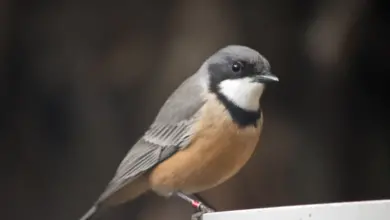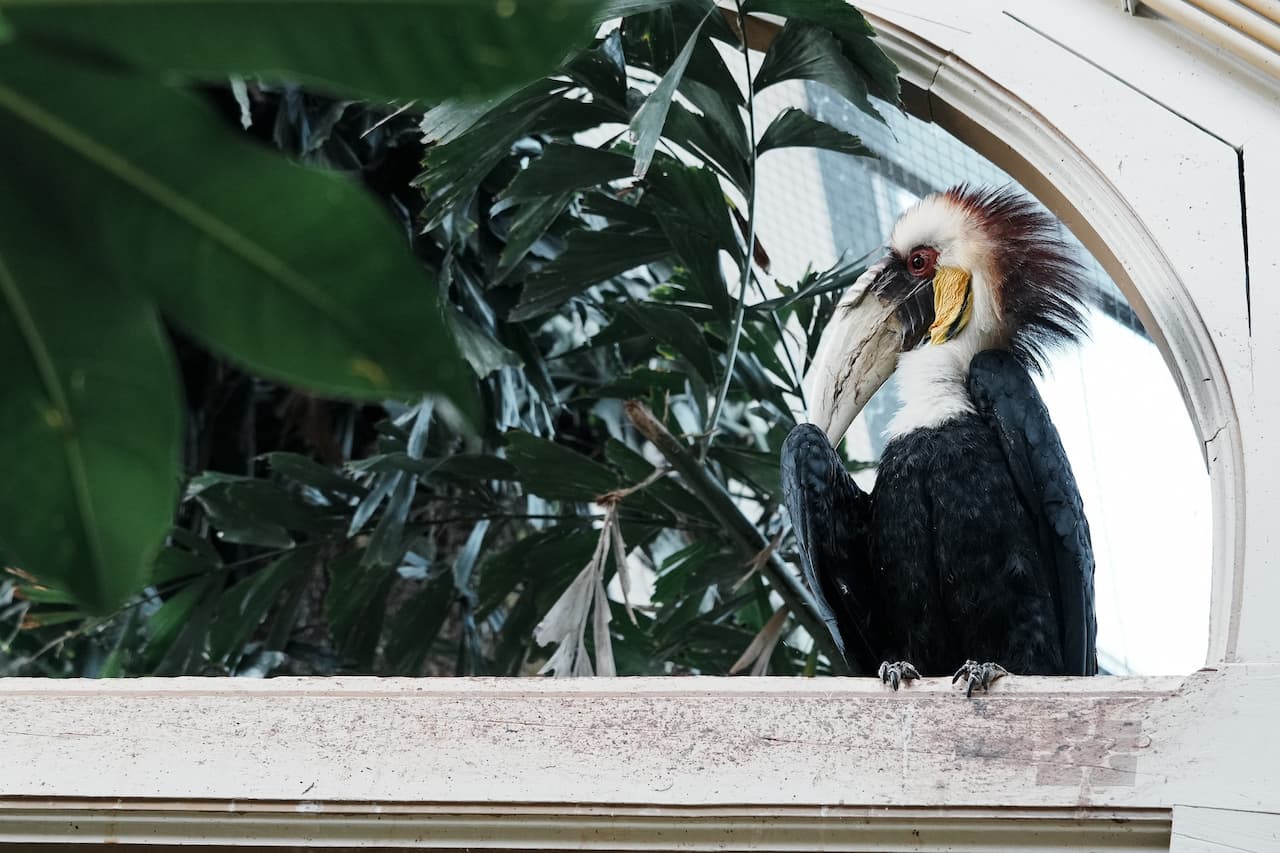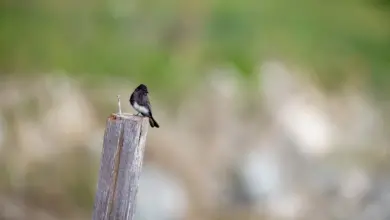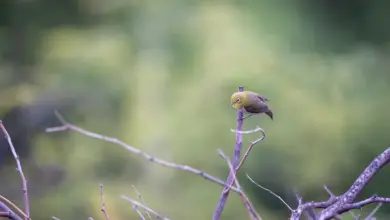Little Wattlebirds
Wattlebirds
The Little Wattlebirds (Anthochaera chrysoptera), also known as the Brush Wattlebird, is a honeyeater, a passerine bird in the family Meliphagidae.
It is found in coastal and sub-coastal south-eastern Australia.
Taxonomy
The species was originally described by ornithologist John Latham in 1802. Its specific name is derived from the Ancient Greek chryso “golden”, andpteron “wing(ed)”. The Western Wattlebird (A. lunulata) was considered a subspecies until recently.
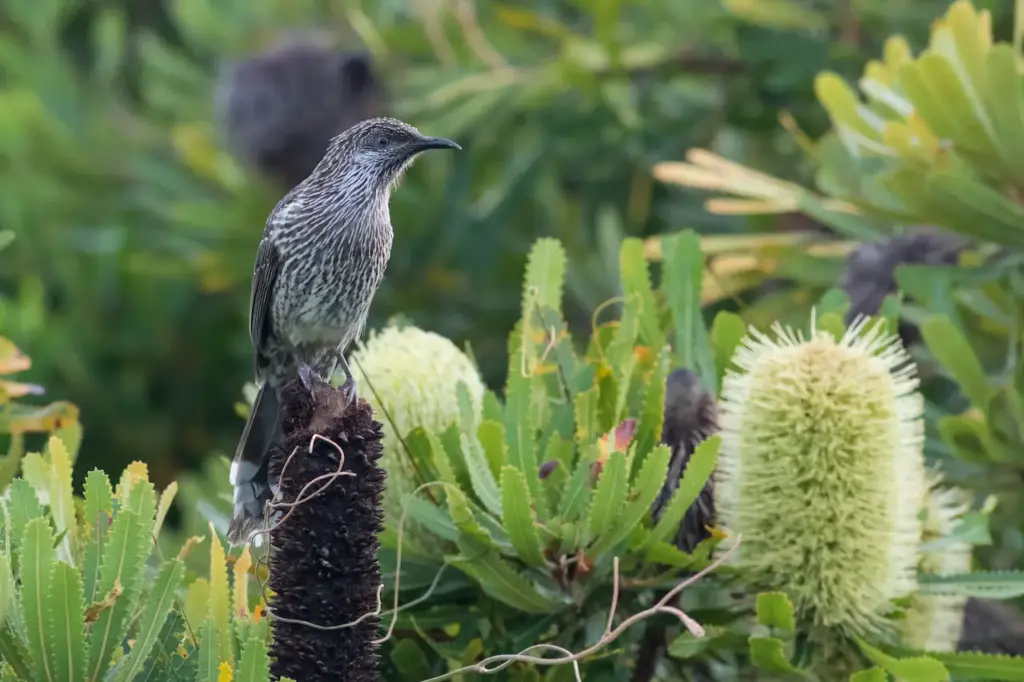
Description
The Little Wattlebird is a medium to large honeyeater, but the smallest wattlebird. The appearance is similar to the Yellow Wattlebirdand the Red Wattlebird. The Little Wattlebird lacks the wattles which characterise the wattlebirds.
Juveniles are duller with less streaking and have a browner eye.
Distribution and Habitat Behaviour
The Little Wattlebird is found in Banksia/Eucalypt woodlands, heathlands, tea-tree scrub, sandplain heaths, lantana thickets, wild tobacco, parks, and gardens.
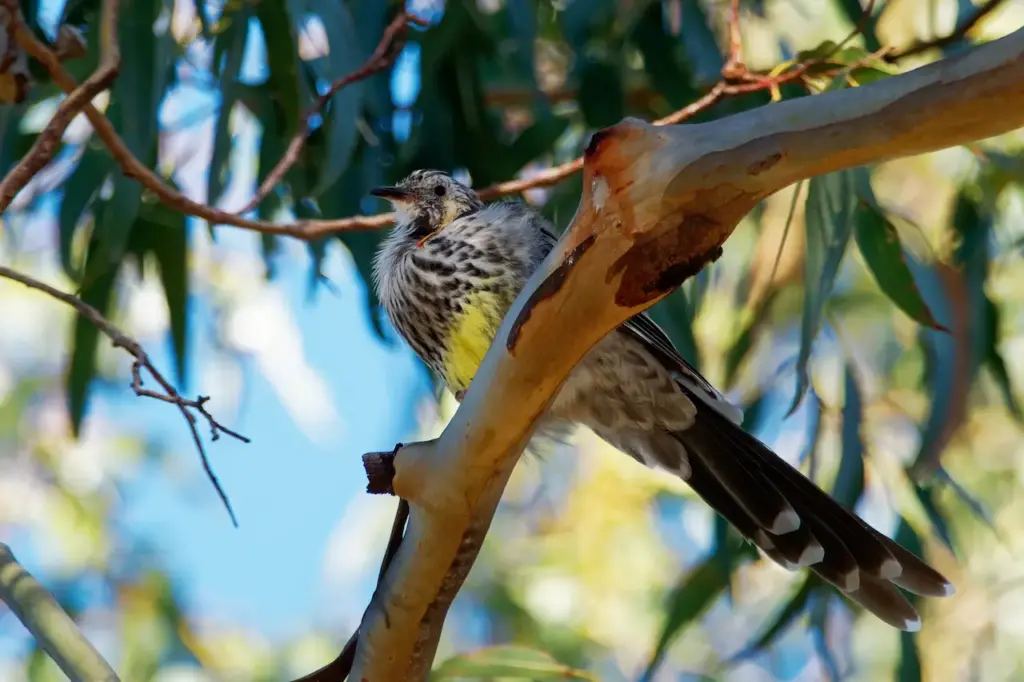
Call
Calls include a strident cookie-cok, a raucous fetch the gun, a mellow guttural yekkop, yekkop, and many squeaky, musical lilting notes. The alarm call is a kwock or shnairt!
Breeding
Breeding takes place from June to December. The female wattlebird generally constructs the nest, a loose, untidy cup of twigs lined with shredded bark and placed from 1 to 10m high in the fork of a banksia, tea tree, or eucalypt sapling. 1-2 eggs are laid and may be spotted red-brown, purplish red, or salmon-pink. The female incubates the eggs alone. Both sexes care for young chicks.
Feeding
Little wattlebirds feed on nectar obtained with a long, brush-tipped toungue, adapted for probing deep into flowers. They also feed on insects, berries, and some seeds. Most feeding is done perched, but some insects are caught in mid-air. Birds may feed alone or in groups.
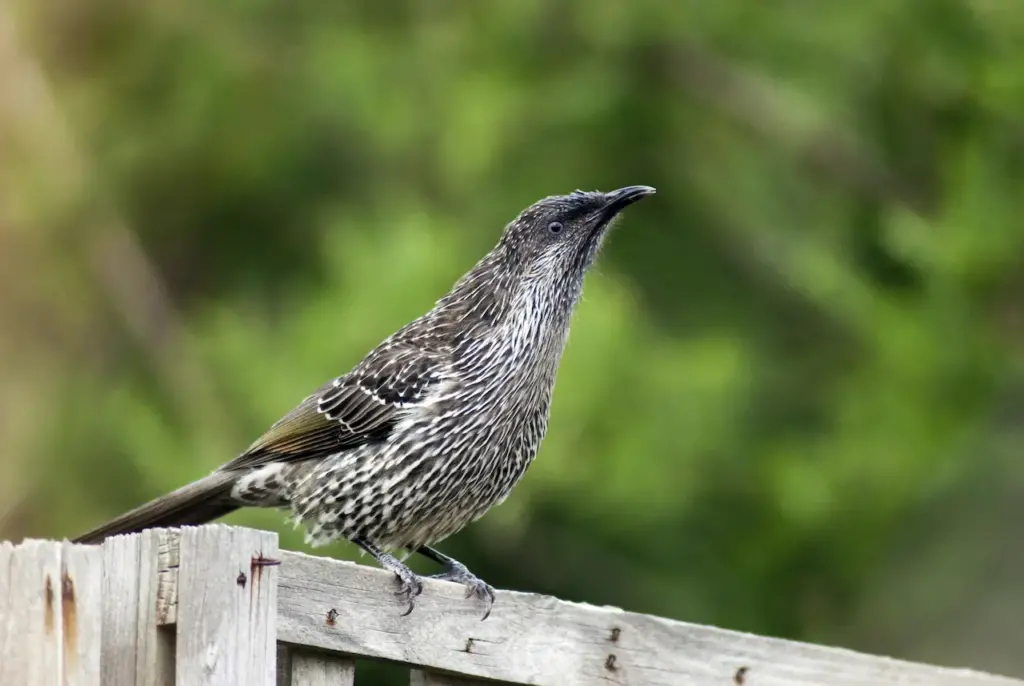
References
- BirdLife International (2005). Anthochaera chrysoptera. 2006. IUCN Red List of Threatened Species. IUCN 2006. Retrieved on 5 May 2006. Database entry includes justification for why this species is of least concern
- Liddell, Henry George and Robert Scott (1980). A Greek-English Lexicon (Abridged Edition). United Kingdom: Oxford University Press. ISBN 0-19-910207-4.
- Pizzey, Graham; Knight, Frank (1997).Field Guide to the Birds of Australia. Sydney, Australia: HarperCollinsPublishers. p. 111. ISBN 0 207 18013 X.
- Backyard Birdwatch – Red Wattlebird
Copyright: Wikipedia. This article is licensed under the GNU Free Documentation License. It uses material from Wikipedia.org… Additional information and photos were added by Avianweb.
Please Note: The images on this page are the sole property of the photographers (unless marked as Public Domain). Please contact the photographers directly concerning any copyright or licensing questions. Thank you.
The Avianweb strives to maintain accurate and up-to-date information; however, mistakes do happen. If you would like to correct or update any of the information, please send us an e-mail. THANK YOU!

